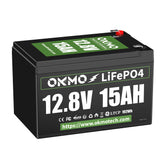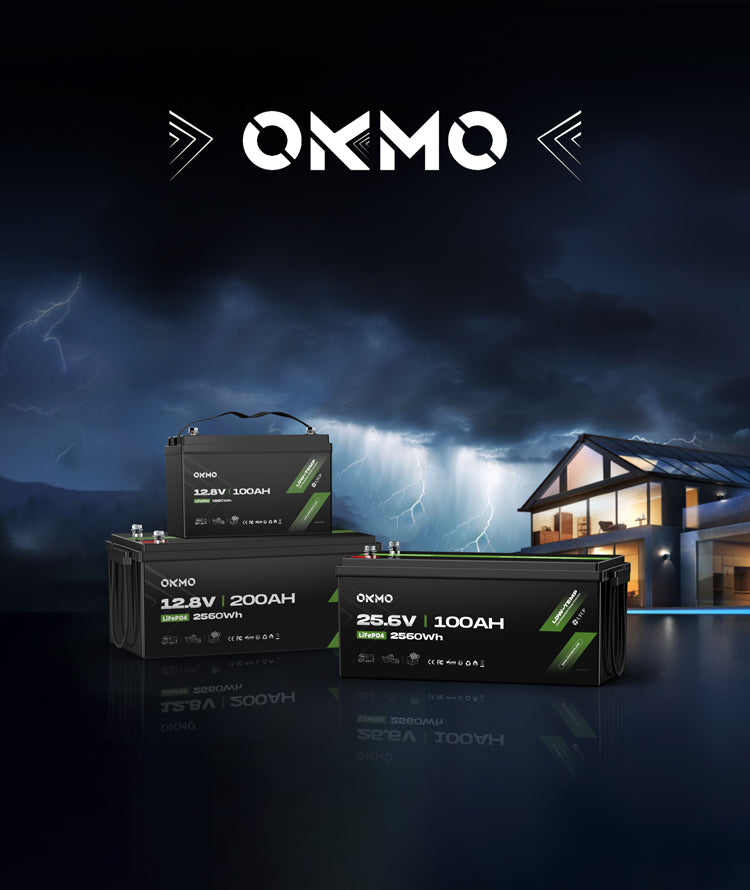Car Batteries 40% Lighter Are Revolutionizing Driving
 When you struggle to lift a traditional lead-acid battery, that heavy weight represents a century-old burden in the automotive industry. Now, the lightweight revolution in car batteries is quietly rewriting the rules—reducing not just weight, but comprehensively upgrading the driving experience.
When you struggle to lift a traditional lead-acid battery, that heavy weight represents a century-old burden in the automotive industry. Now, the lightweight revolution in car batteries is quietly rewriting the rules—reducing not just weight, but comprehensively upgrading the driving experience.
Triumph of Physics: Lighter Means Stronger
-
Power-to-weight ratio leap: Every 10kg reduction in battery weight increases vehicle power-to-weight ratio by ~1.5%. This means faster acceleration with equivalent power or lower energy consumption with equivalent performance.
-
Energy efficiency rewritten: 10% vehicle weight reduction cuts energy consumption by 6-8%. For example, Tesla Model 3's LFP battery is 10% lighter than NMC batteries, directly adding ~25km range.
-
Transformed handling: Battery placement affects center of gravity. Lightweight batteries (e.g., BYD Blade Battery) lower center height by 10%, reducing cornering tilt by 15% for precision control.
 The Golden Balance: Safety & Efficiency
The Golden Balance: Safety & Efficiency
The myth that "heavy equals safe" is collapsing:
-
Crash energy formula: Kinetic energy=1/2mv². A 30kg lighter battery (e.g., Hyundai E-GMP lithium solution) reduces crash impact energy equivalent to 15 airbag deployments at 60km/h.
-
Thermal management revolution: Lightweight lithium batteries (e.g., LFP) operate 20°C cooler than lead-acid. Combined with honeycomb aluminum structures, thermal runaway risk drops 80%.
-
Space revolution: Audi e-tron GT's ultrathin battery (11cm height) liberates 7.2cm vertical footwell space, eliminating "battery hump".
The Ripple Effect of Economics
| Metric | Lead-Acid (60Ah) | Lightweight Lithium (60Ah) |
|---|---|---|
| Weight | 18-22kg | 6-8kg (↓65%) |
| Lifespan | 2-3 years | 8-10 years (↑300%) |
| Charging efficiency | 70%-85% | 95%-99% |
| Annual maintenance | $120-$180 | $15-$30 |
| Range value* | - | ~$800/year |
*Based on 20,000km/year, electricity $0.15/kWh
 Full-Scenario Experience Redefined
Full-Scenario Experience Redefined
-
Female-friendly design
7kg lithium batteries (e.g., Bosch S6) enable independent replacement. Volvo survey: 87% female buyers prioritize "ease of maintenance". -
Performance car savior
Porsche 911 Hybrid's 42kg battery reduction (equal to removing an adult passenger) achieved a 3.2-second Nürburgring lap improvement. -
New era of modification
30kg weight savings allow brake upgrades or aerodynamic kits. Honda Civic Type R mods show: battery lightweighting + balance tuning increase cornering g-force by 0.15. -
Green virtuous cycle
Lithium batteries have 62% lower lifecycle carbon footprint than lead-acid. Tesla supply chain report: lightweight batteries reduce transport emissions by ~174kg CO₂ per vehicle.
Breaking Physical Limits
Frontier labs are shattering barriers:
-
Solid-state electrolytes: Samsung SDI's solid-state batteries reach 900Wh/L density, cutting weight another 40% at equal capacity.
-
Composite housings: BMW iX's CFRP housing is 50% lighter than steel with 200% strength increase.
-
Topology optimization: CATL CTP 3.0 achieves 72% battery pack weight efficiency through structural innovation.
When Mercedes-AMG Project One packed F1 power into a 1.6-ton hypercar, Chief Engineer Adam Schmidt revealed: "The key is the 89kg lightweight battery—it delivers 1.34hp/kg power-to-weight, shattering ICE limitations."
 Car battery lightweighting transcends technical evolution—it's a catalyst for mobility freedom. It reconciles performance with sustainability and safety with agility. In this era of electric acceleration, the gram-by-gram revolution will redefine every moment we grip the steering wheel—because lightness is freedom, lightness is the future.
Car battery lightweighting transcends technical evolution—it's a catalyst for mobility freedom. It reconciles performance with sustainability and safety with agility. In this era of electric acceleration, the gram-by-gram revolution will redefine every moment we grip the steering wheel—because lightness is freedom, lightness is the future.









